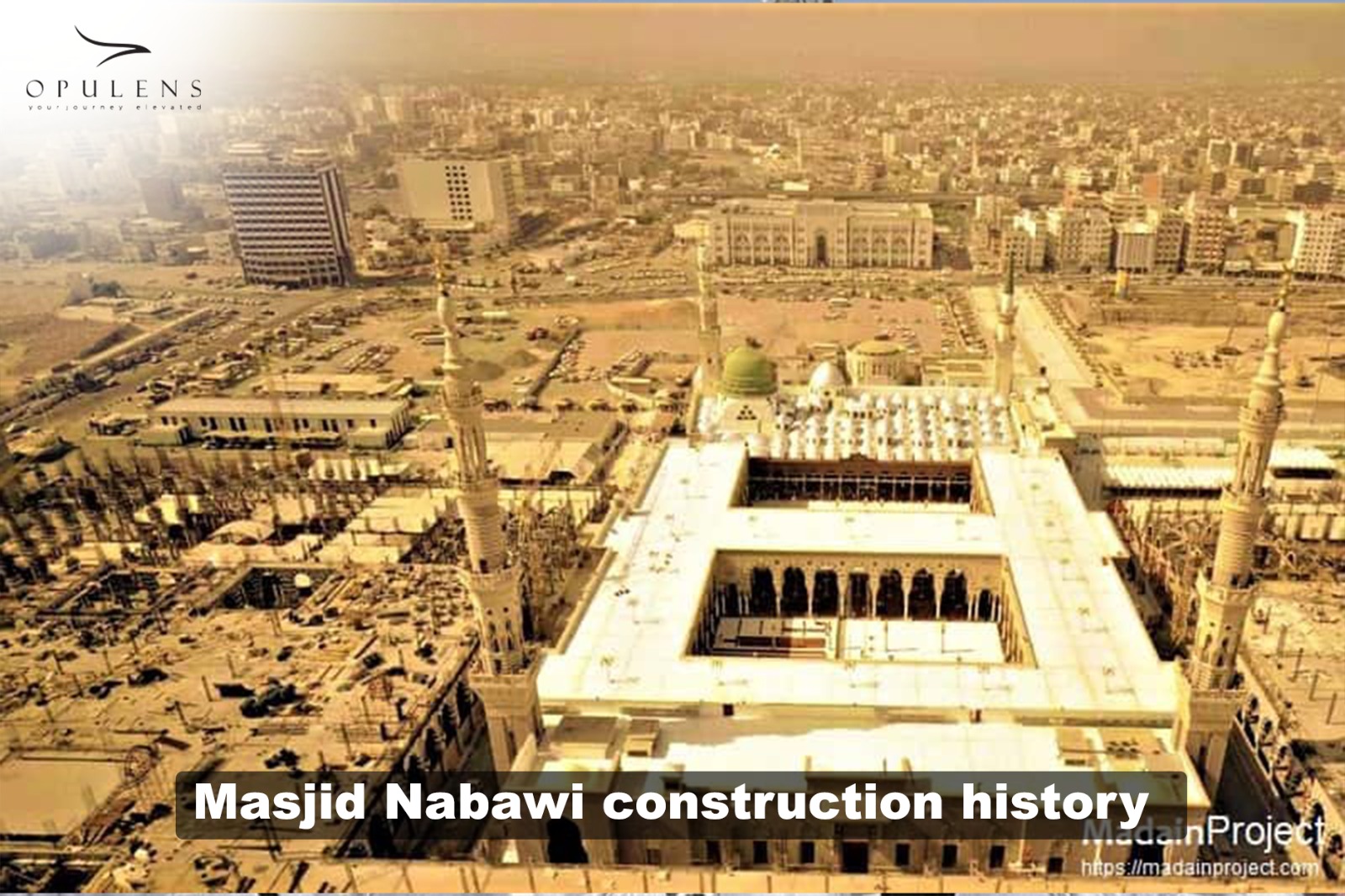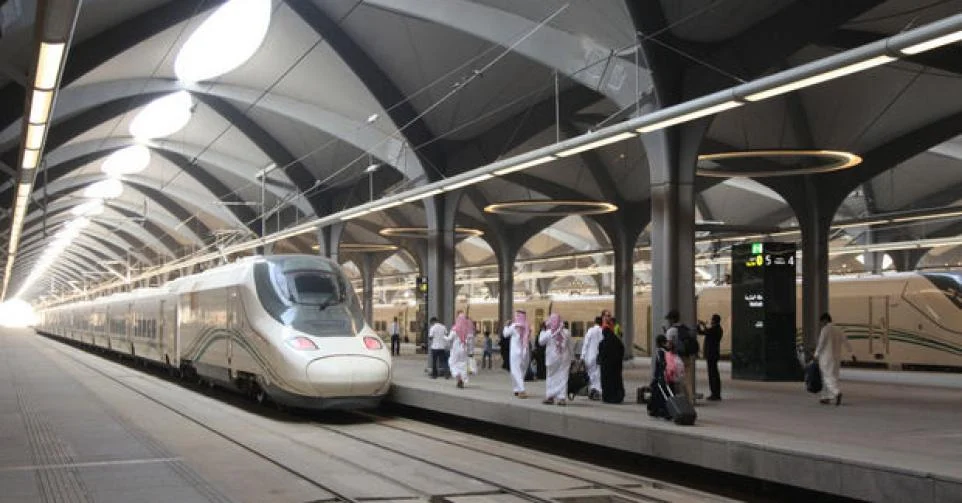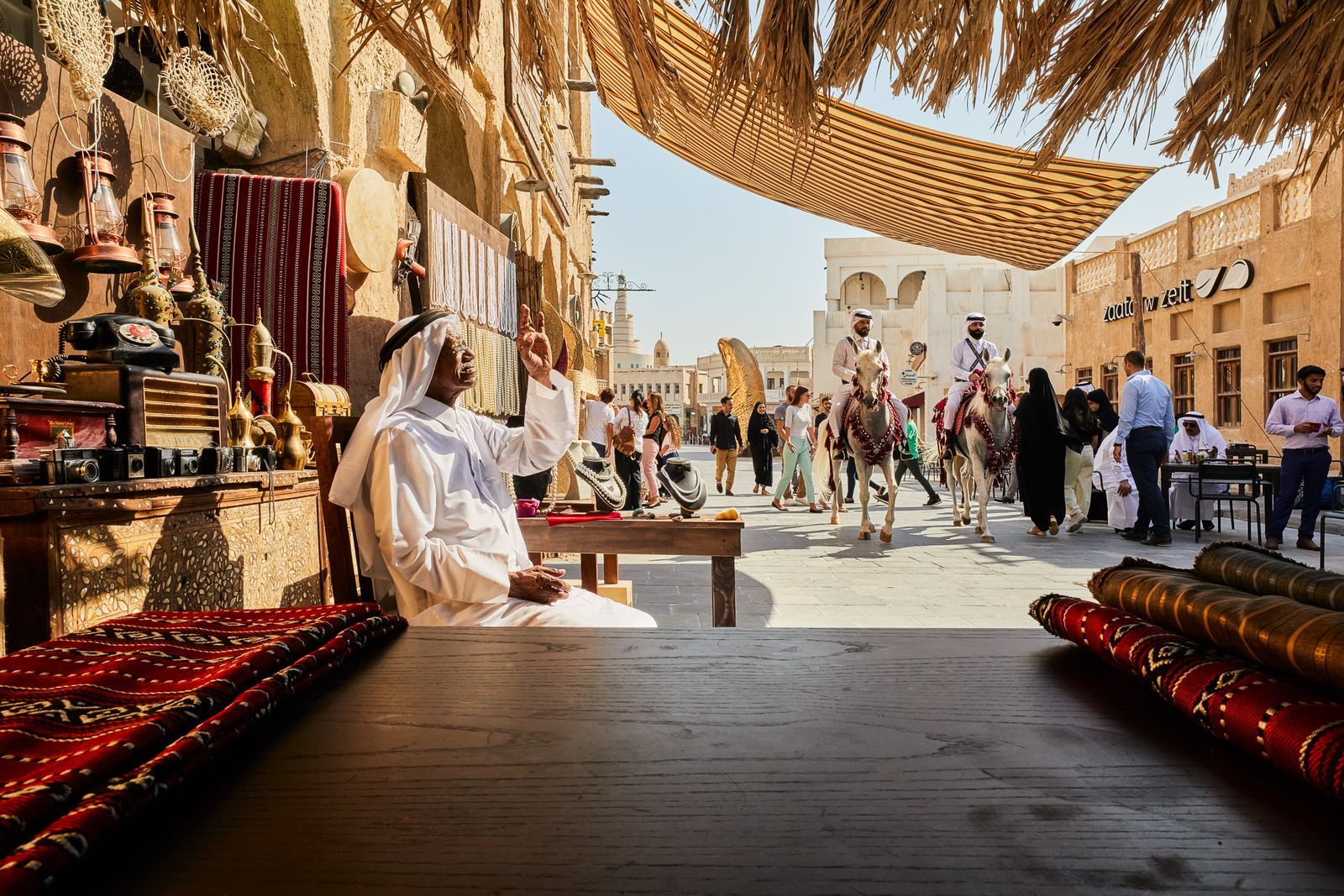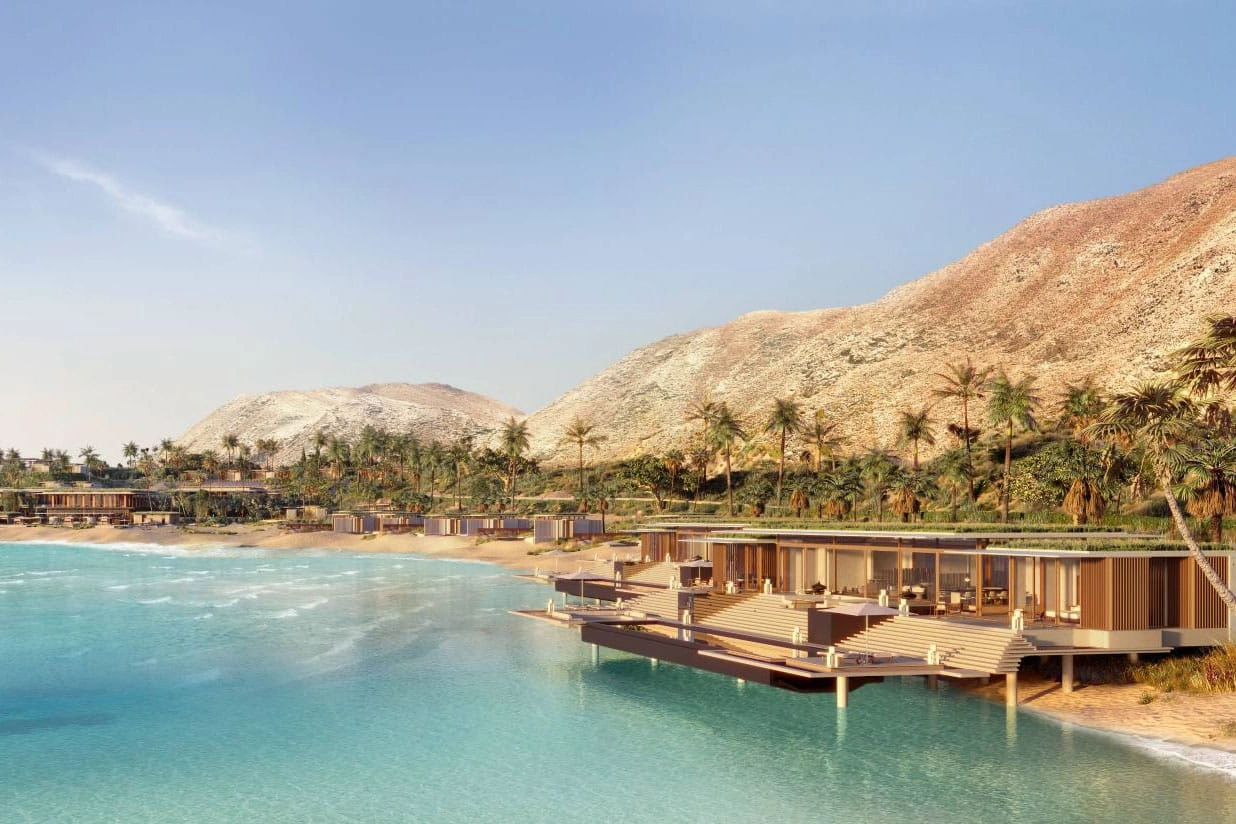Masjid Nabawi Construction History
Saudi Arabia has long been a center of Islamic history and culture, with Masjid Nabawi standing as one of the most significant religious landmarks. In this article, we will explore the construction history of Masjid Nabawi, shedding light on its architectural evolution and historical importance.
Discover Saudi Arabia’s rich heritage with The best tourism company to saudi arabia 2025 , vibrant cities, and stunning landscapes with opulens Luxury Vacation, perfect for cultural explorers.
opulens, Best Hajj and Umrah Site the first-ever official planning, booking and experience platform, to create your Hajj or Umrah itinerary to Makkah, Madinah, and beyond.
Table of Contents
Masjid Nabawi History
Masjid Nabawi, also known as the Prophet’s Mosque, is the second holiest mosque in Islam after Masjid al-Haram in Makkah. It was originally built by Prophet Muhammad (peace be upon him) in 622 CE in the city of Madinah. The mosque started as a modest structure made of palm trunks and mud bricks, serving as both a place of worship and a community center.
Over the centuries, various Islamic rulers expanded and enhanced the mosque. The first major expansion was carried out by Caliph Umar ibn Al-Khattab, who increased its size to accommodate the growing number of worshippers. Later, Caliph Uthman ibn Affan reconstructed it using more durable materials, setting the foundation for its continued development.
During the Umayyad, Abbasid, and Ottoman periods, Masjid Nabawi underwent further enhancements, including the addition of the Green Dome, which houses the resting place of Prophet Muhammad (PBUH), Abu Bakr, and Umar ibn Al-Khattab. The mosque has continued to expand under Saudi leadership, with modern improvements to accommodate millions of visitors each year.
What Is the Silver Dome in Masjid Nabawi?
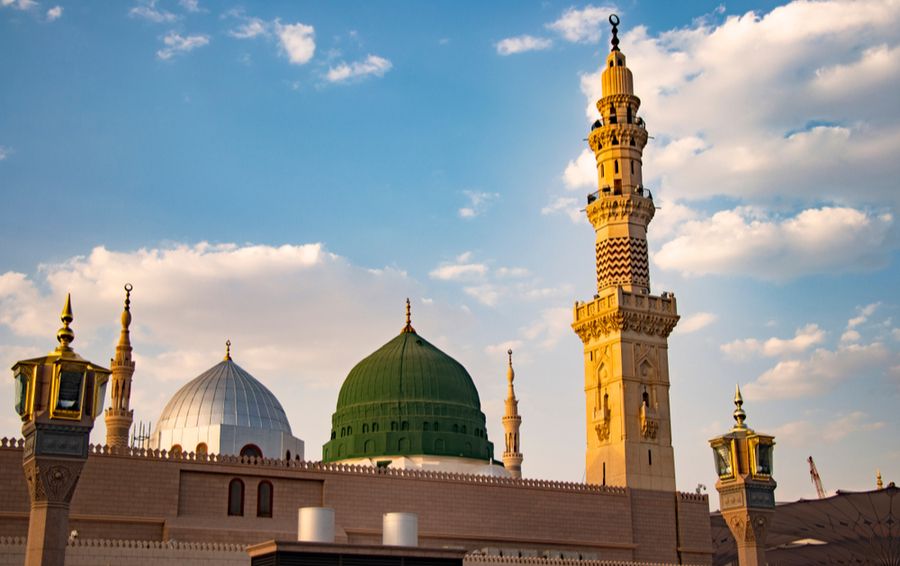
In addition to the Green Dome, Masjid Nabawi features a lesser-known silver dome. This dome is part of the historical and architectural developments of the mosque. Unlike the Green Dome, which marks the Prophet’s resting place, the silver dome is located over a different section of the mosque. It serves an aesthetic and structural purpose, enhancing the grandeur of the site.
What to Recite in Rawdah
Rawdah, often referred to as the “Garden of Paradise,” is a sacred area inside Masjid Nabawi, between the Prophet’s house and his pulpit. It is considered one of the most blessed places for supplication. Pilgrims visiting Rawdah often recite:
- Surah Al-Fatiha for seeking blessings
- Salutations upon Prophet Muhammad (PBUH), such as “Allahumma salli ‘ala Muhammadin wa ‘ala aali Muhammad”
- Personal supplications (duas) for forgiveness, guidance, and blessings
It is recommended to perform voluntary prayers (Nafl) and sincerely ask Allah for one’s needs while in Rawdah, as it is believed that prayers offered there are especially meritorious.
What Is the History of the Prophet’s Mosque?
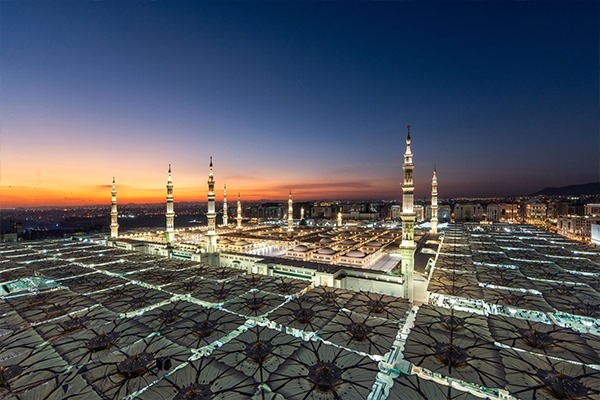
The history of the Prophet’s Mosque is deeply intertwined with the early days of Islam. When Prophet Muhammad (PBUH) migrated to Madinah, he personally participated in the mosque’s construction, setting an example of humility and devotion. The mosque initially served as a place of worship, a court, and an educational center for the growing Muslim community.
Throughout history, Masjid Nabawi has witnessed significant events, including Islamic teachings, political decisions, and the burial of the Prophet Muhammad (PBUH). With each expansion, the mosque has continued to preserve its historical significance while embracing modern infrastructure to serve the millions of Muslims who visit each year.
Conclusion
Masjid Nabawi remains a symbol of Islamic heritage, attracting millions of visitors seeking spiritual connection. Understanding its construction history, the significance of its domes, and the importance of Rawdah enhances the experience of those who visit this sacred site. As the second holiest mosque in Islam, Masjid Nabawi continues to stand as a beacon of faith and devotion for Muslims worldwide.
For more information, contact us via WhatsApp now.



